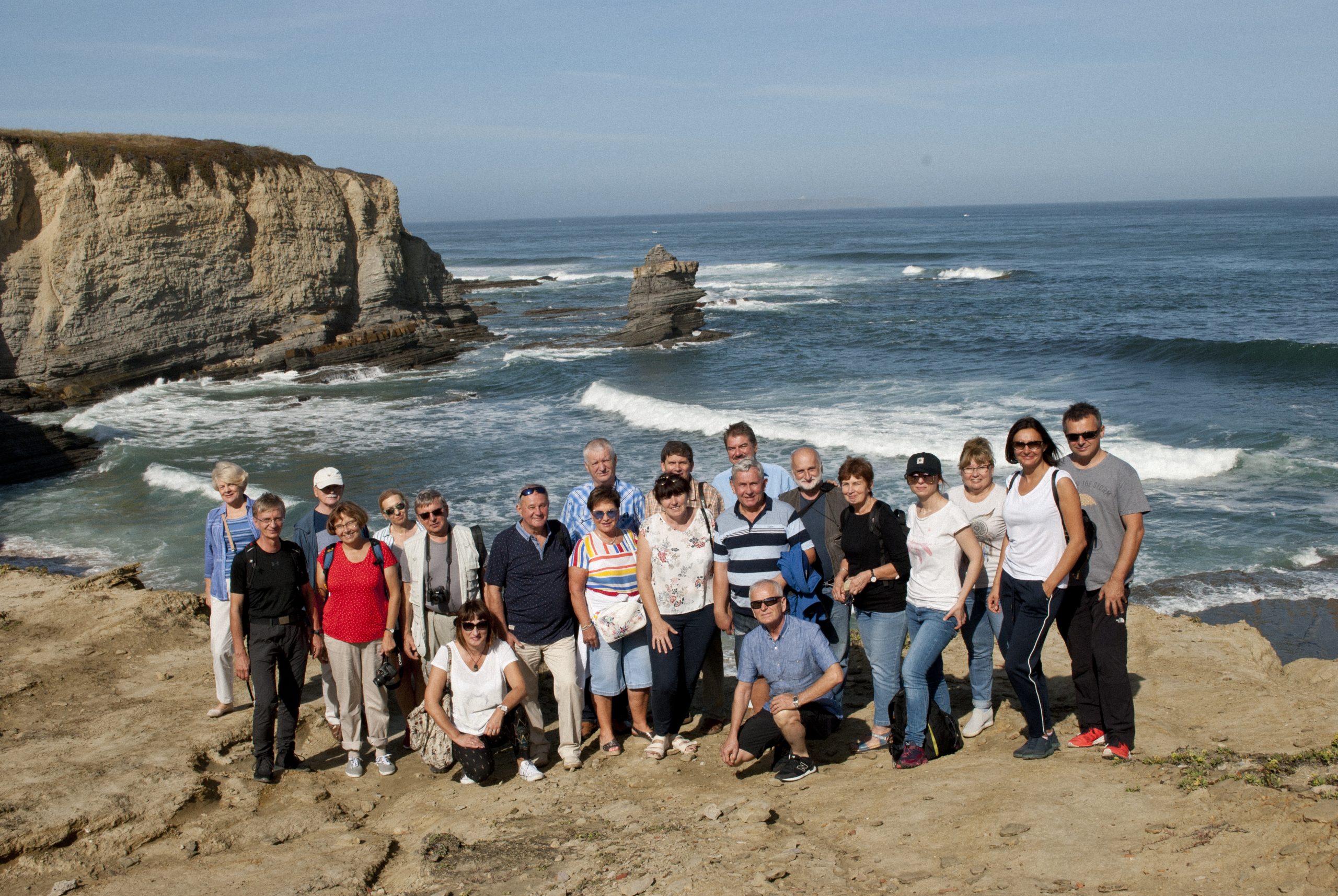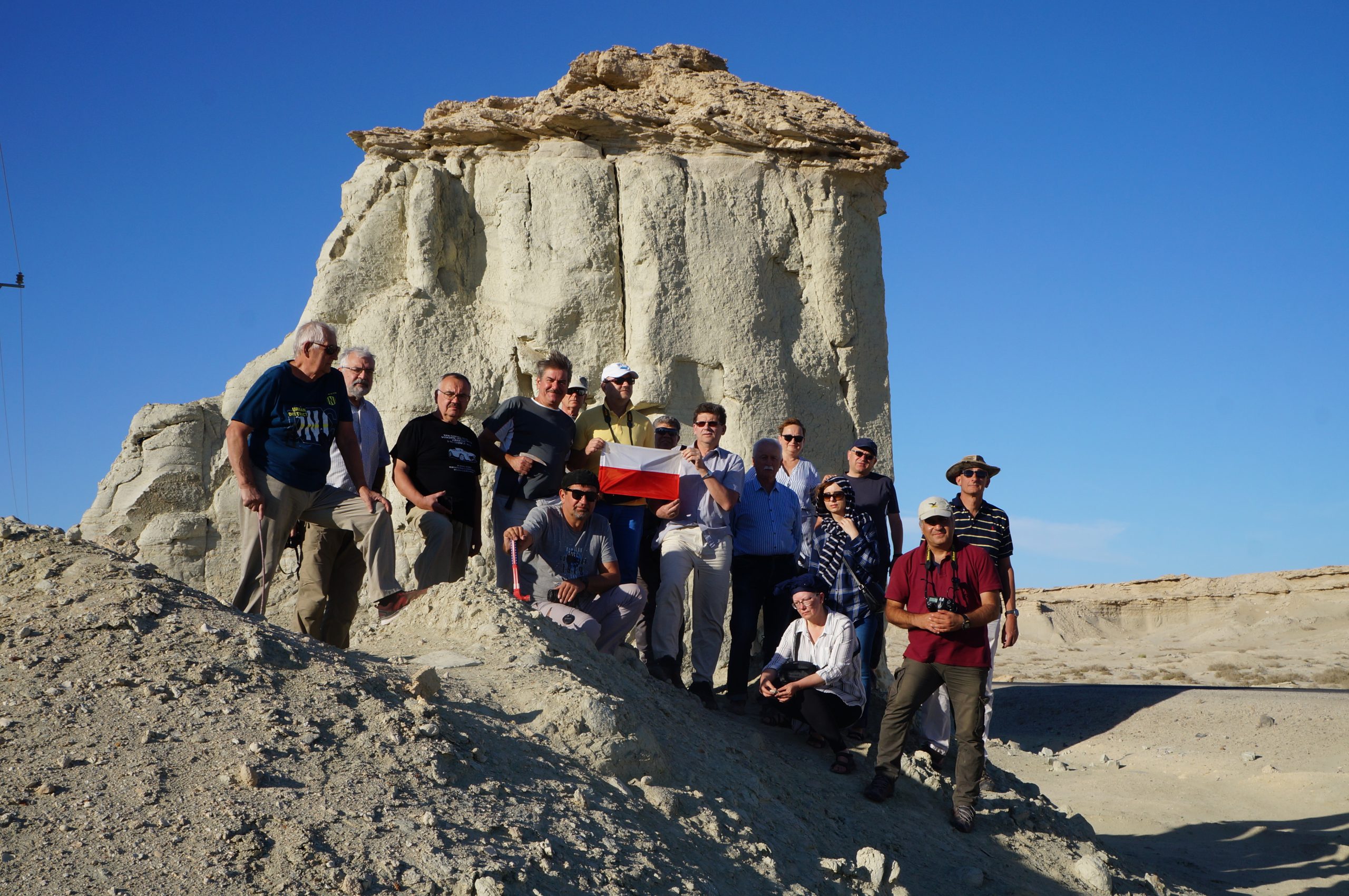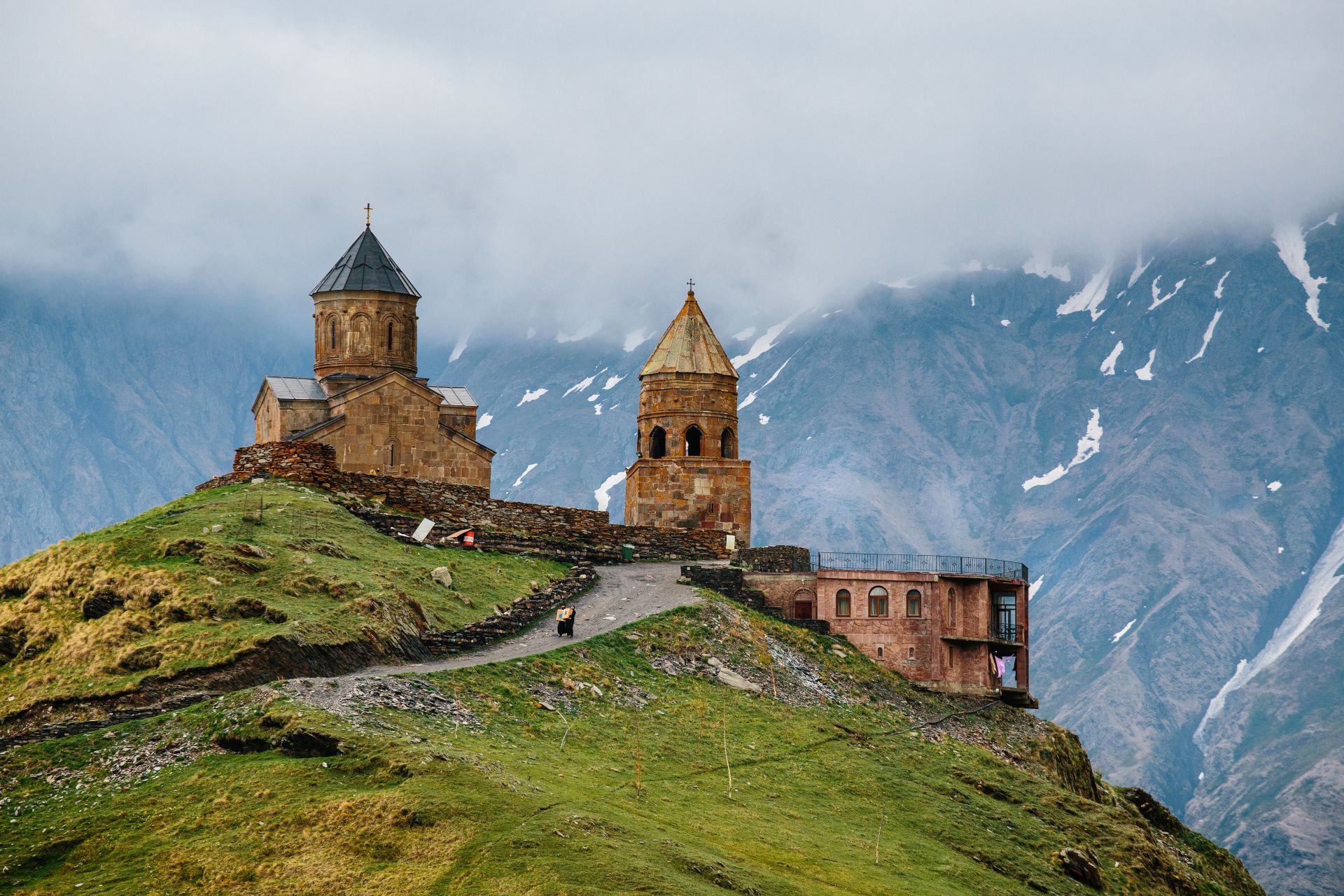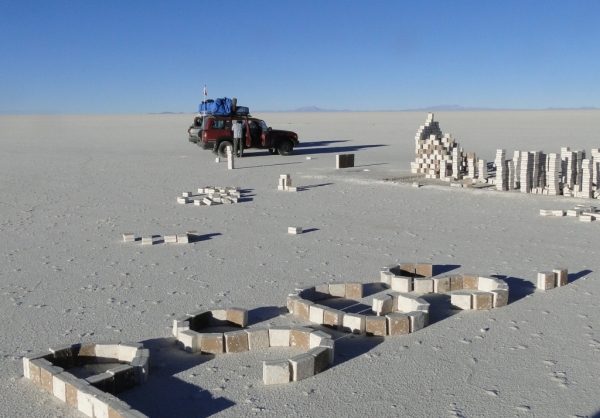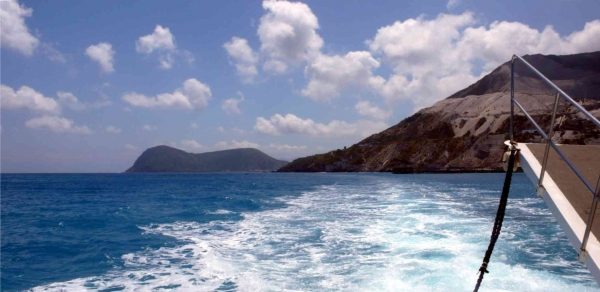Evaporates of Catalonia 2014 – expedition of the Polish Salt Mining Association
On September 6-13, 2014, the Polish Salt Mining Association organized a scientific expedition to Catalonia (Spain). The aim of the expedition was to get acquainted with the formation of the Tertiary Evaporites in the Ebro Basin. 27 people took part in the expedition. The trip was co-organized by the Itaka tourist office, which guaranteed the flight to Barcelona and accommodation with meals during the stay. The starting point for the expedition was the "Sirius" hotel in Santa Susana on the Mediterranean Sea (Costa Brava coast). The main scientific goals of the expedition were achieved thanks to the kind help of Mr. Ramon Vilaseca and Mr. Silvia Ramon Cortes from IBERPOTASH (visits to the Suria and Sallent salt mines, mediation of Stanisław Szmigl), and especially prof. Federico Orti Cabo and Dr. Lluis Liberta from the University of Barcelona, who were our field guides (Cardona dome, outcrops and gypsum quarries in Odena and Vilobi).
Another practice of the Polish Salt Mining Association in 2014 was aimed at understanding the geology of evaporite deposits, including salt, in the vast Tertiary Catalan basin in the foreground of the Pyrenees. This basin shows some analogies in the structure and distribution of the facies to the Polish Carpathian Foredeep, but its gigantic size and long history of development favored the formation of potassium-bearing sediments, which are absent in the Polish equivalent. During the extensive program of field research, possible thanks to the help of Spanish friends from IBERPOTASH and the University of Barcelona, we learned about the formation of sulfate formations from the edge of the saline basin (gypsum in the Odena and Vilobi regions) and a series of potassium-bearing rocks from the center of the evaporation pans (active potassium salt mines in Suria and Sallent, and the mine-museum in Cardona). We could observe the clastic facies of the edge of the basin in the walls of the steep cliffs of the Montserrat mountain. Geological observations were accompanied by meetings with the rich history of Catalonia, visible in the buildings of the medieval city of Suria, in the medieval fortress in Cardona, the Gothic Old Town and modernist buildings in Barcelona or in the monumental Benedictine monastery and sanctuary on Mount Montserrat.

